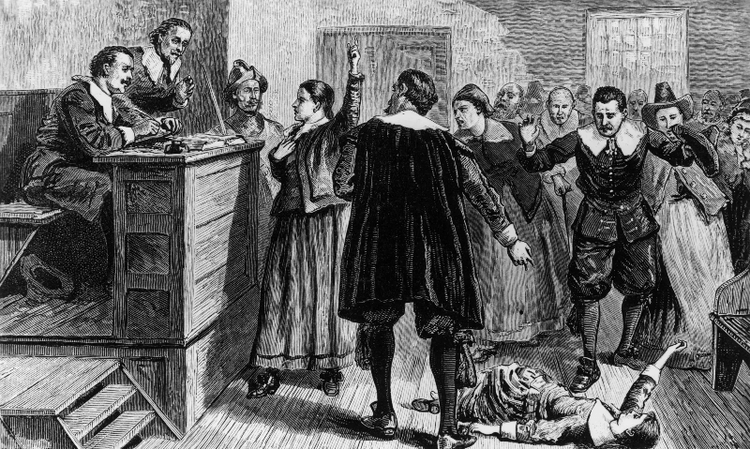
Abolishing America’s Southern Border: Witch Hunters Teaching Children Treason
By Sam Francis
02/06/2003
The Southern Poverty Law Center is a left-wing outfit in Montgomery, Alabama, which specializes in snooping out "right-wing extremists," "white supremacists," Confederate flag-wavers and similar thought criminals. But when it’s not engaged in its highly profitable witch-hunting (assets of $68 million at last count) against people it disagrees with, it’s pushing a school program called "Teaching Tolerance."
The idea of the program is to snip what the Center likes to call "hate" — meaning political views it doesn’t like — in the bud, by getting to the minds of young students before anyone else has a whack at them.
The SPLC also publishes a magazine called "Teaching Tolerance," but the Spring, 2003 issue carries an article that suggests that what’s being taught might better be described as a species of treason — namely, how to brainwash American students into thinking that national borders are merely arbitrary lines on a map that don’t really matter.
Most of the article, "¡Vámonos!," or "Let’s Go," in Spanish, by an Oregon based writer named Matt Love, is harmless enough. It recounts a school program in Arizona that places American and Mexican high school students in each others' countries for a few days. The idea is to "teach tolerance" — largely to the Yanquis, of course, who, as mainly white kids, can be expected to hold a monopoly on bigotry.
As the article says, "none of these American teenagers could count a Latino youth as an acquaintance, let alone a close friend, and most admitted they held a few negative stereotypes about Mexicans."
Well, it just shows how narrow-minded those Anglos are.
If the point of the program is to drill into the callow Americans' minds that they're the bigots, it seems to work well enough. One of the young ladies taking part in the trip said her reason for wanting to go was, "I wanted to come back humble. Americans are too spoiled."
Of course, her mind had to be prepared for that insight well before they let her loose in Mexico to see how noble squalor and poverty can be.
But by and large the brief trips back and forth across the border are probably harmless enough, and it’s doubtful if they really disabuse any students on either side of the realities of the two countries. It’s when the magazine recommends to teachers in the classroom on how to "help students begin investigating borders in their own communities" that the course starts getting dangerous and its real purpose becomes clear.
One way to "begin investigating borders" is to have the kids "draw a map of the neighborhood around your school or home. Examine its borders or boundaries. How did you decide where to stop drawing? What marks these borders? How is it different from what is inside your mapped area? How is it the same? Do you need to cross these borders? What happens when you cross them?"
Of course you have to cross the "borders" around your neighborhood and school. The point of the project is that national borders are supposed to be like those borders — arbitrary, imaginary and awkward to live with — but the truth is that they're not. National borders are both legal and cultural, separating one people and state from others. By drilling a false analogy into the heads of the students, they're supposed to get the notion that the borders between the two nations are neither real nor important.
The course also assigns a statement from a New Mexican folklorist Enrique Lamadrid, who expounds on how "we continually negotiate our identity." Well, no, not really. Most of us — those who are born and live within one country and its cultural heritage — don’t "negotiate" anything about our identities because we grow up knowing them. By claiming that "we continually negotiate" identities, Mr. Lamadrid and the course try to subvert them.
Mr. Love, the article’s author, finally gets to his real point on the last page of his masterpiece in cultural subversion. "In the new light of budding friendships, the notion of an arbitrarily drawn political border separating them cannot be so fixed as it once was. This has to bode well for the future — on both sides of the border."
Well, no again.
The U.S.-Mexican border is just swell right where it is, and we don’t need to erase it any more than free trade and mass immigration already have.
But erasing the border — and the distinctive identities of the two peoples who live on either side of it — is exactly what the Tolerance Teachers at the SPLC have in mind.
As noted above, it’s not so much tolerance that people who want to get rid of their country’s borders are really teaching.
The better word for it would be treason.
COPYRIGHT CREATORS SYNDICATE, INC.
[Sam Francis is a nationally syndicated columnist. A selection of his columns,
America Extinguished: Mass Immigration And The Disintegration Of American Culture, is now available from Americans For Immigration Control.]
